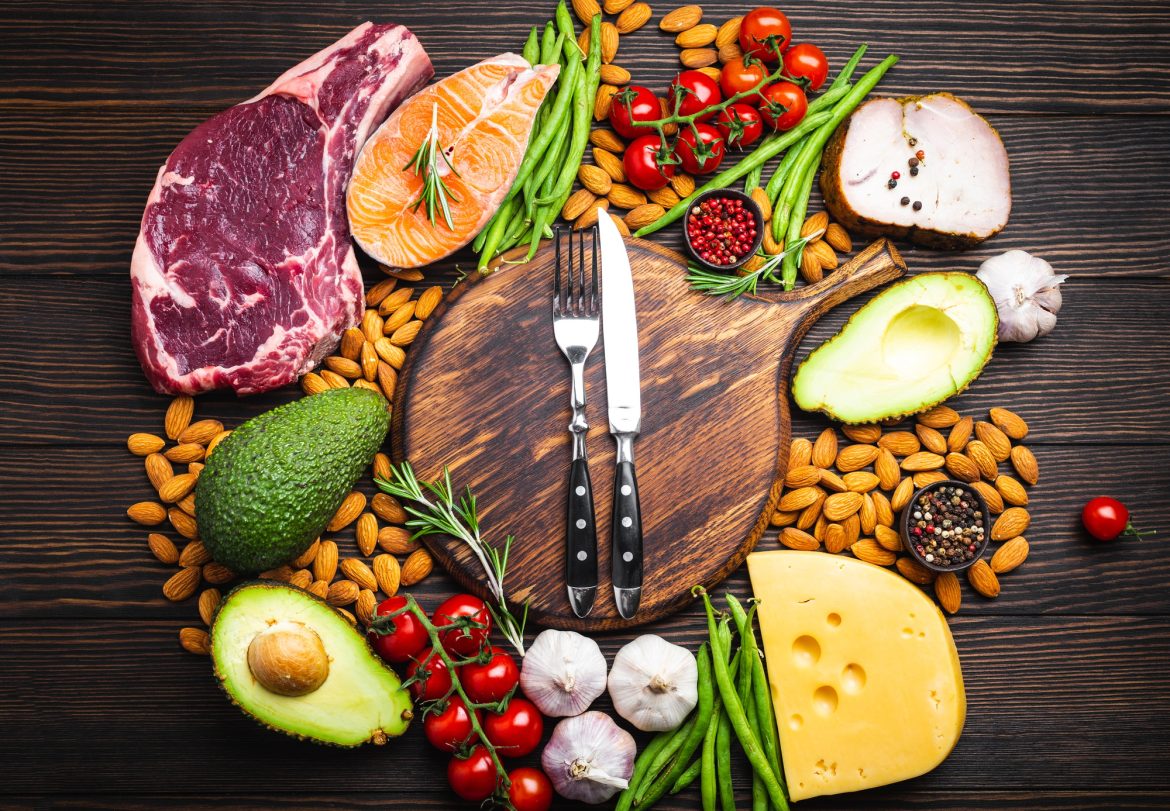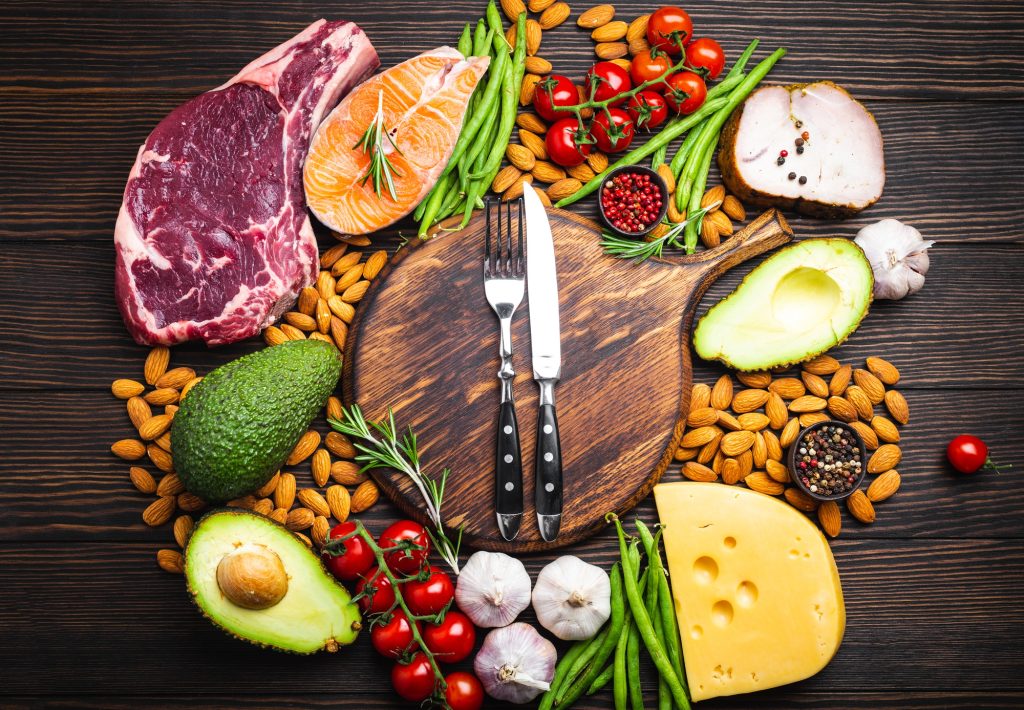
Here are some tips to help you achieve success on a keto diet:

- Understand the Basics: Familiarize yourself with the fundamental principles of the keto diet. It involves consuming a high-fat, moderate-protein, and low-carbohydrate diet to switch your body into a state of ketosis, where it burns fat for fuel instead of carbohydrates.
- Plan Your Meals: Plan your meals in advance to ensure you’re consuming the right balance of macronutrients. Incorporate healthy fats like avocados, nuts, seeds, olive oil, and coconut oil, along with protein sources such as meat, fish, eggs, and dairy. Keep your carb intake low by avoiding grains, sugar, starchy vegetables, and most fruits.
- Monitor Your Macros: Pay attention to your macronutrient ratios. Generally, a typical keto diet consists of around 70-75% of calories from fat, 20-25% from protein, and only 5-10% from carbohydrates. Tracking your food intake using a nutrition app can be helpful in maintaining these ratios.
- Stay Hydrated: Drink plenty of water throughout the day to support overall health and minimize the risk of dehydration, especially during the initial phase of keto adaptation. Adequate hydration also aids in digestion and helps curb cravings.
- Include Non-Starchy Vegetables: Incorporate non-starchy vegetables like leafy greens, broccoli, cauliflower, zucchini, and bell peppers into your meals. These provide essential vitamins, minerals, and fiber while keeping the carbohydrate content low.
- Healthy Fat Sources: Choose healthy fat sources, such as avocados, nuts, seeds, olives, and their oils. These fats provide satiety, help you feel full, and support various bodily functions.
- Minimize Processed Foods: Avoid processed and packaged foods, as they often contain hidden sugars, unhealthy fats, and additives. Opt for whole, natural, and unprocessed foods whenever possible.
- Be Mindful of Hidden Carbohydrates: Pay attention to hidden carbohydrates in condiments, sauces, and dressings. Many of these products contain added sugars or high carbohydrate content, which can hinder your progress on a keto diet. Read labels carefully or consider making your own condiments and dressings using keto-friendly ingredients.
- Electrolyte Balance: When starting a keto diet, you may experience temporary electrolyte imbalances. To alleviate symptoms such as fatigue, headaches, or muscle cramps, ensure adequate intake of sodium, potassium, and magnesium. You can obtain these from natural food sources or consider supplementing if necessary.
- Be Patient and Flexible: Allow your body time to adapt to the changes. It may take a few weeks for your metabolism to fully adjust to burning fat for fuel. Be patient and understand that progress may vary from person to person. Additionally, listen to your body and adjust your diet and eating patterns as needed to fit your individual needs.
Remember, it’s always a good idea to consult with a healthcare professional or registered dietitian before starting any new diet, especially if you have any underlying health conditions or concerns.


